Botanical gardens represent humanity’s attempt to capture and preserve the incredible diversity of plant life, creating spaces that inspire wonder, education, and a deep appreciation for the natural world. These living museums showcase a diverse array of flora, including rare orchids, ancient trees, exotic tropical species, and native plants that define regional ecosystems.
The finest botanical gardens transcend simple plant collections to become artistic landscapes where horticulture meets design, science meets beauty, and visitors experience nature’s complexity in carefully curated environments. Here is a list of the 20 most stunning botanical gardens that combine exceptional plant collections with artistic design and natural beauty, creating experiences that celebrate the wonder and diversity of plant life from around the world.
Royal Botanic Gardens, Kew
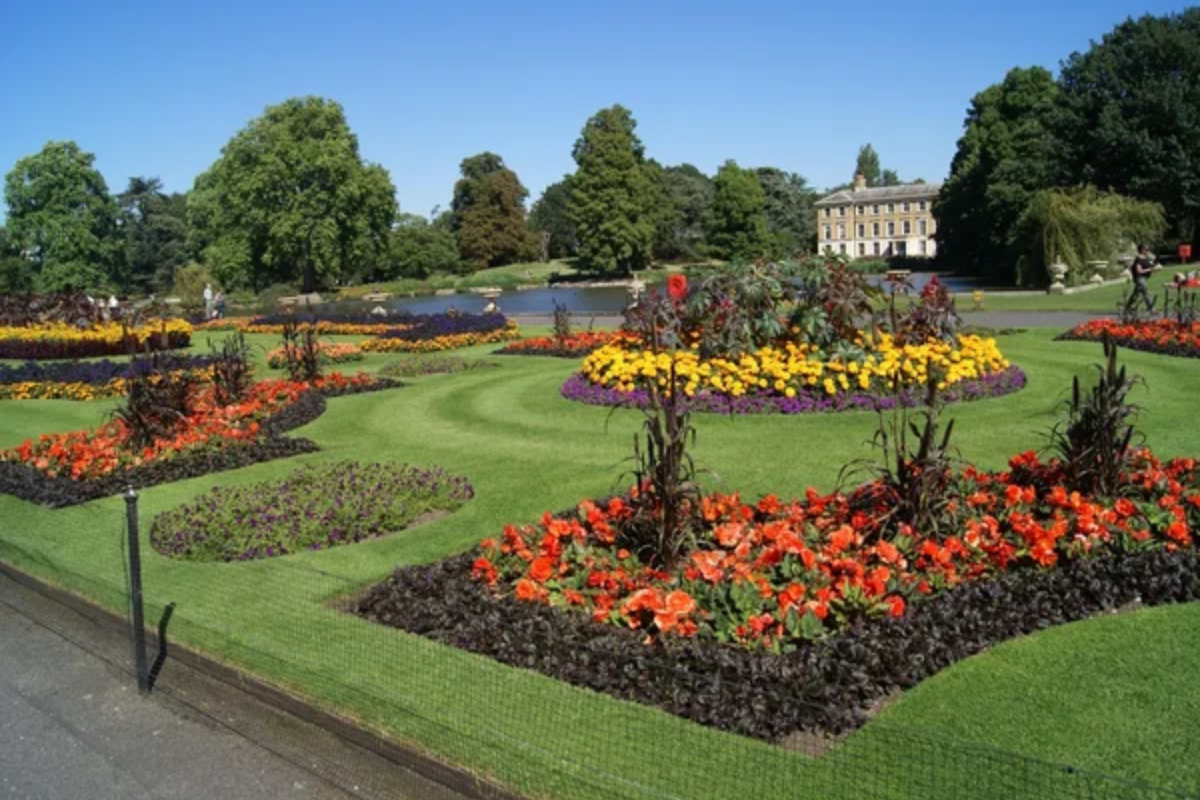
This UNESCO World Heritage Site, located near London, houses the world’s largest collection of living plants across 300 acres, featuring a diverse range of structures, from Victorian glasshouses to contemporary galleries that showcase plant diversity from every continent. The iconic Palm House and Temperate House create cathedral-like spaces for tropical and subtropical species, while the Treetop Walkway provides elevated perspectives on mature canopy trees.
Kew’s scientific research programs and seed bank make it a global center for plant conservation, while seasonal displays ensure year-round visual interest.
Singapore Botanic Gardens
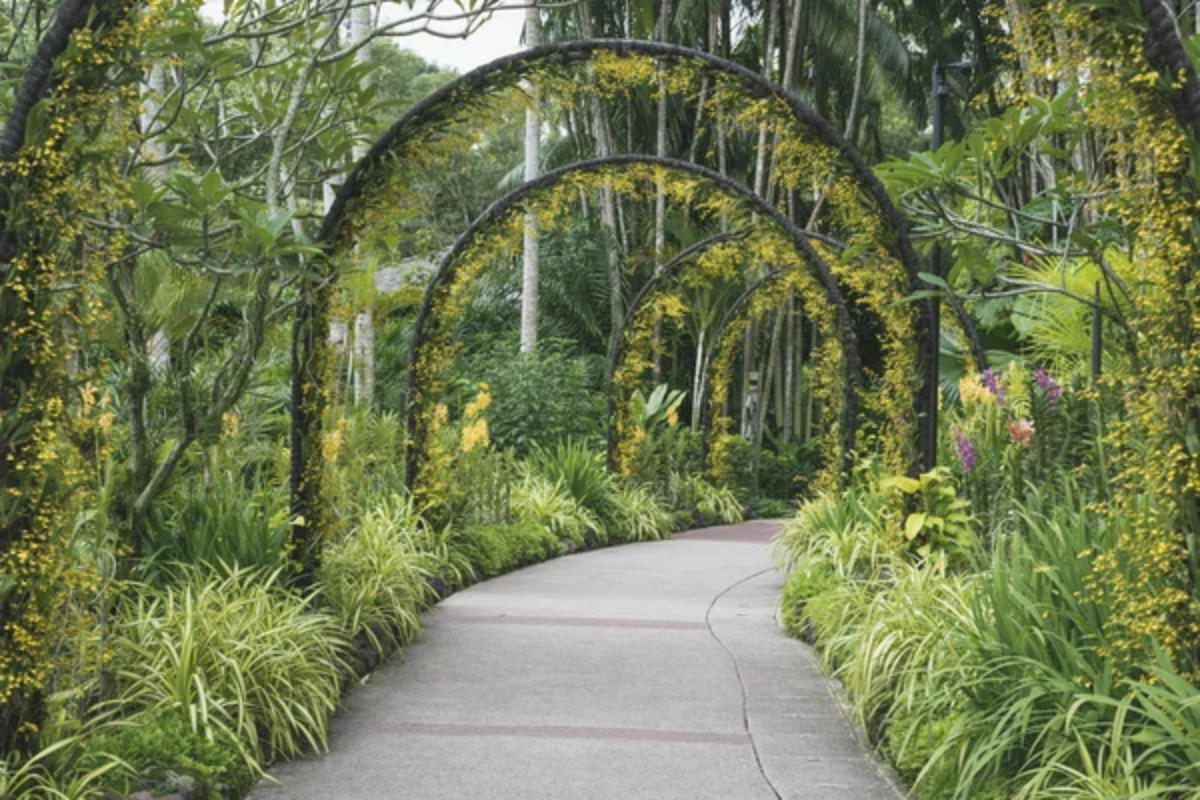
Southeast Asia’s premier botanical garden combines tropical luxury with scientific excellence, featuring the world’s finest orchid collection alongside heritage trees and innovative landscape design. The National Orchid Garden displays over 1,000 species and 2,000 hybrids, while the UNESCO-listed garden’s rainforest areas preserve original tropical vegetation within an urban setting.
The garden’s location in equatorial Singapore ensures year-round blooming, while heritage buildings and sculptures add cultural depth to the horticultural displays.
Like Travel Pug’s content? Follow us on MSN.
Brooklyn Botanic Garden
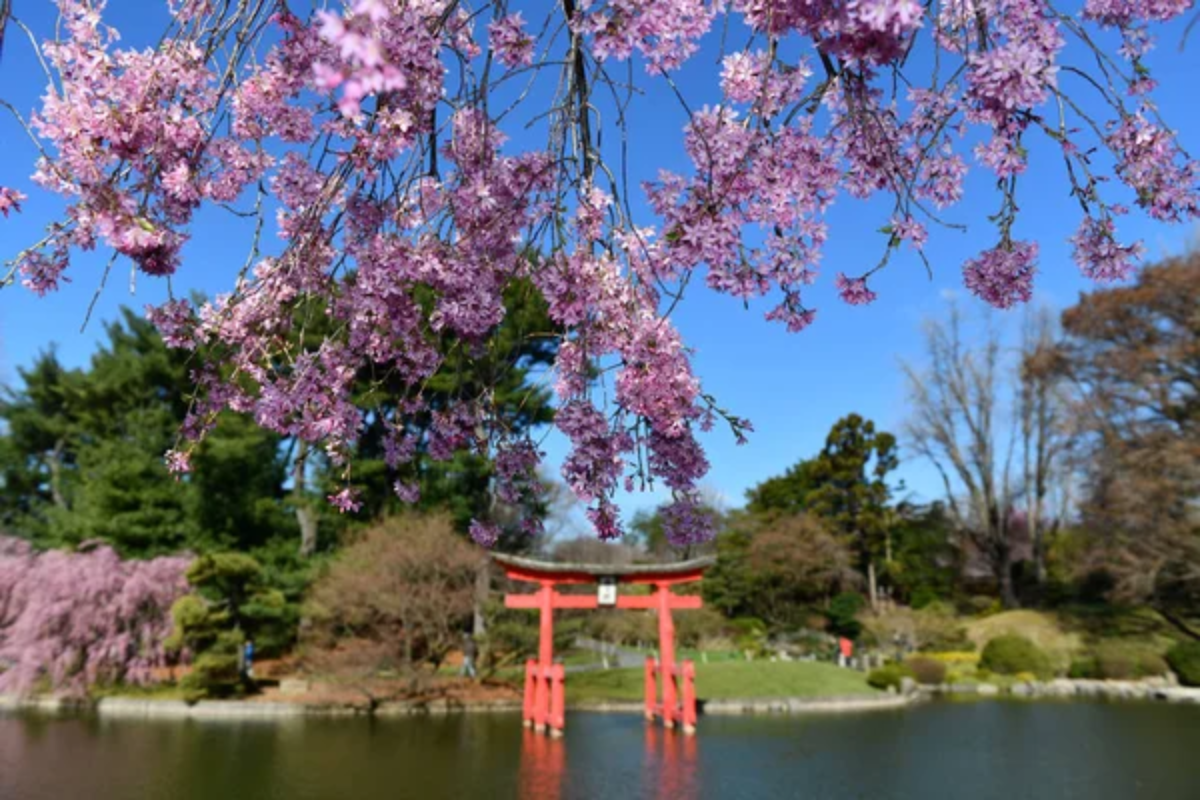
This 52-acre urban oasis showcases plants from around the world while maintaining an intimate scale that allows detailed exploration of specialized collections. The Japanese Hill-and-Pond Garden creates authentic Japanese landscape experiences, while the Cherry Esplanade offers spectacular spring blooms that attract visitors from across New York.
The Conservatory features tropical and desert collections, while seasonal displays, such as the rose garden, give visitors reasons to return throughout the year.
Royal Botanic Garden, Edinburgh
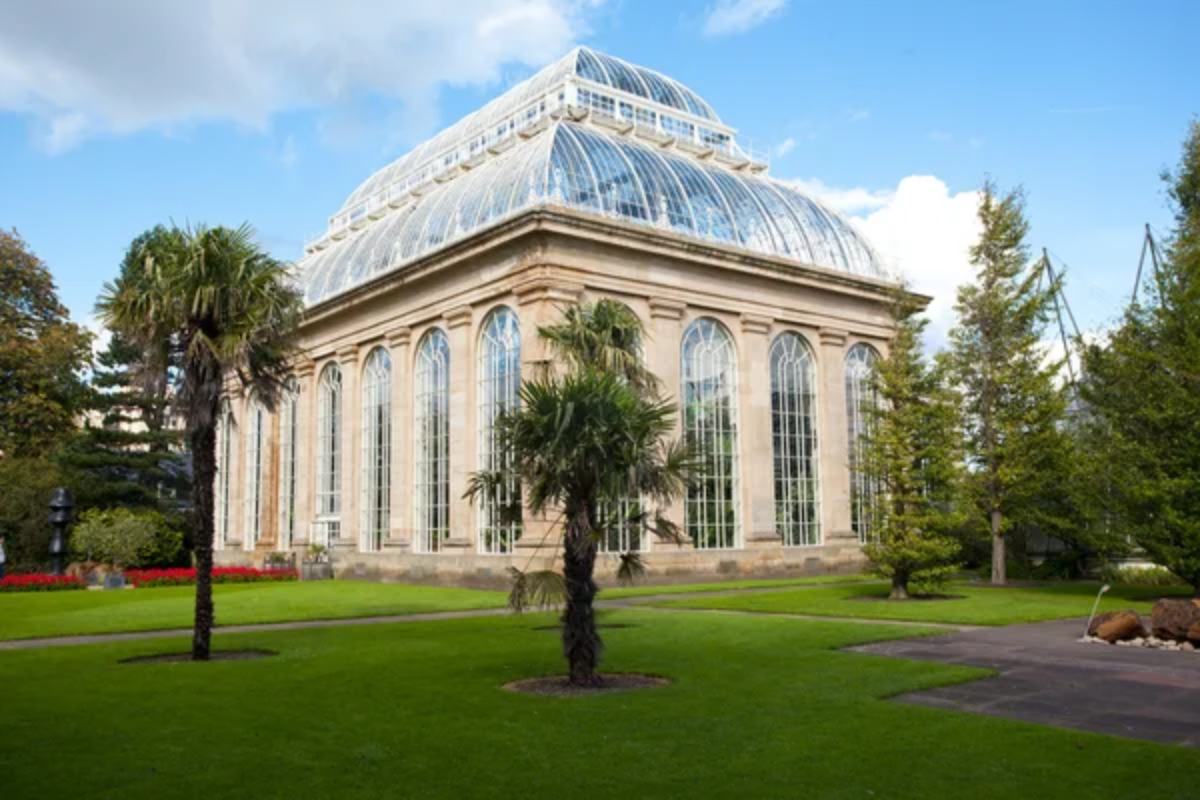
Scotland’s premier botanical garden combines the advantages of a Highland climate with global plant collections, creating opportunities to grow species that struggle in warmer locations. The Victorian Palm Houses offer tropical environments, while the outdoor areas feature plants from similar climates worldwide, including impressive rhododendron and alpine collections.
The garden’s hillside location offers dramatic views over Edinburgh, while the Rock Garden demonstrates how challenging terrain can enhance plant displays.
Montreal Botanical Garden
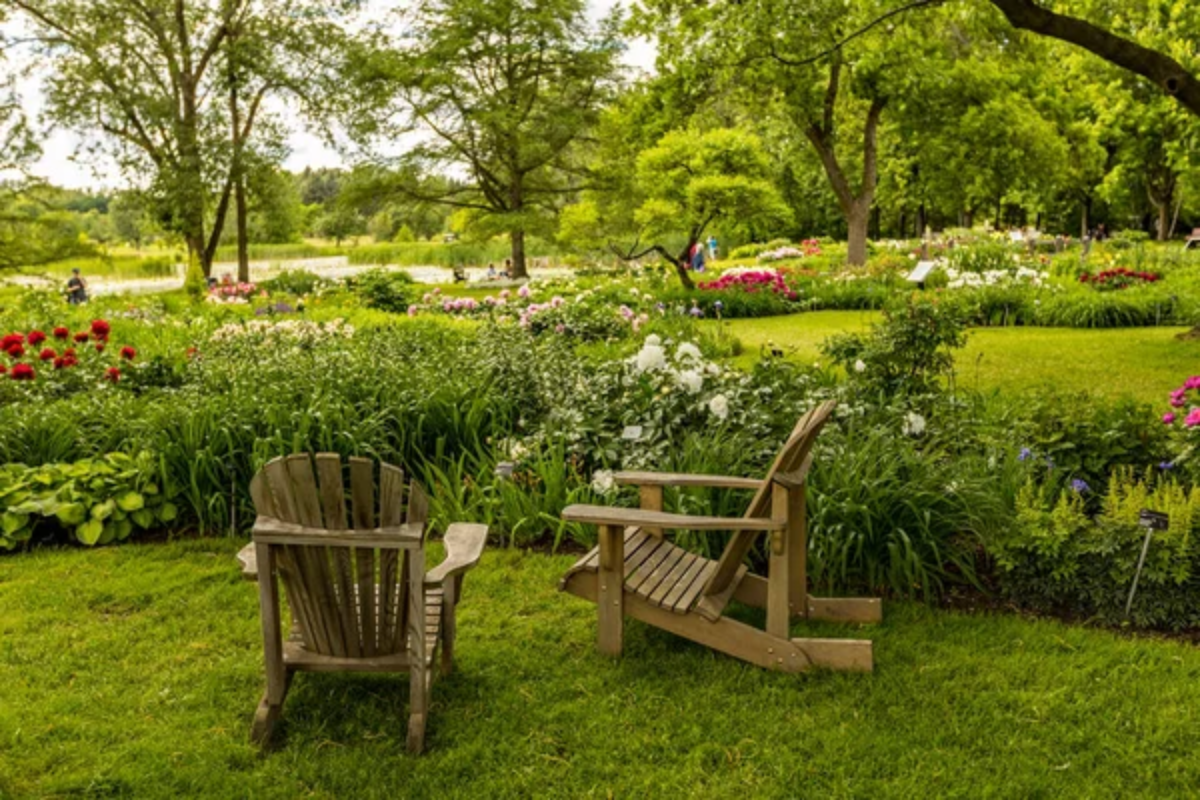
This Canadian garden exemplifies how northern climates can support incredible plant diversity through innovative design and specialized collections that capitalize on seasonal changes. The Chinese Garden and Japanese Garden create authentic cultural landscapes, while the greenhouse complexes protect tropical species during harsh winters.
The Insectarium adds entomological interest, while seasonal events, such as the Gardens of Light festival, use light installations to create magical winter experiences.
Like Travel Pug’s content? Follow us on MSN.
Missouri Botanical Garden, St. Louis
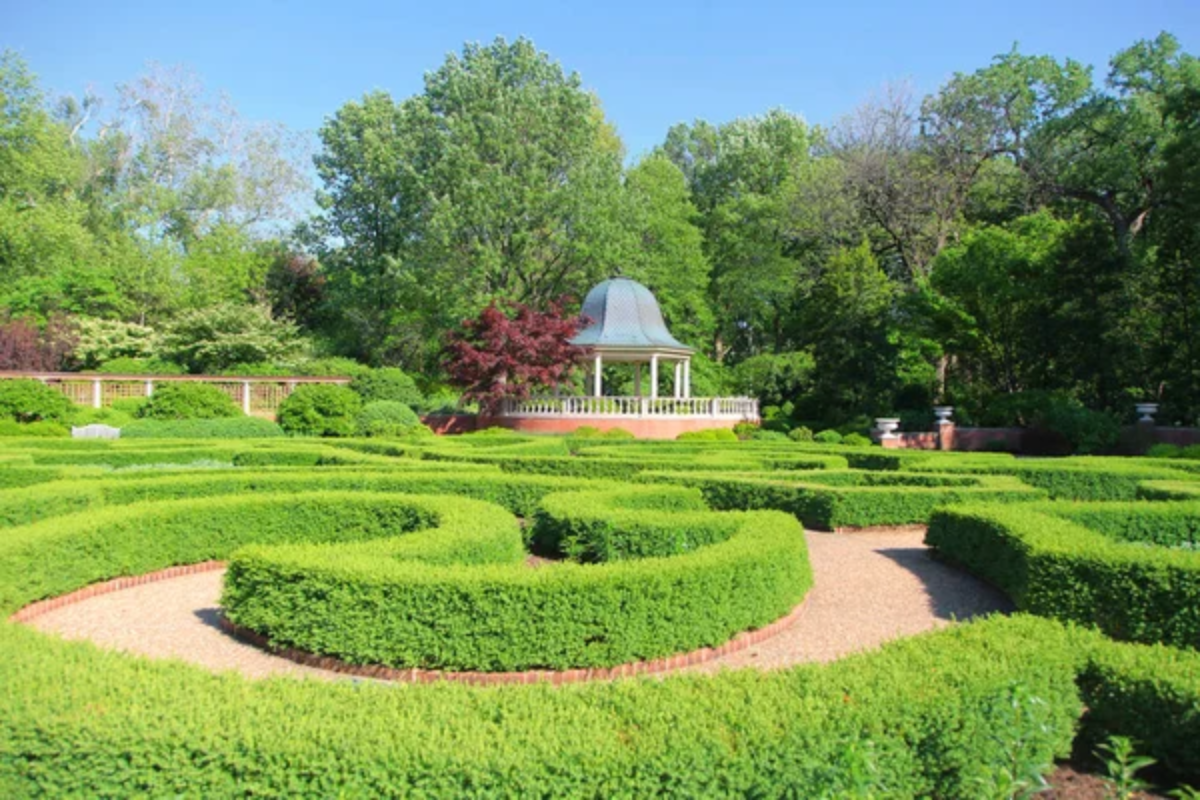
America’s oldest continuously operating botanical garden combines historic significance with innovative contemporary displays that showcase plants from around the world. The Climatron geodesic dome houses tropical rainforest collections, while outdoor areas feature specialized gardens, including the Japanese Garden, which boasts authentic architecture and landscape design.
The garden’s research programs and educational initiatives make it a center for botanical science, while seasonal displays ensure year-round visual interest.
Royal Botanic Gardens, Melbourne
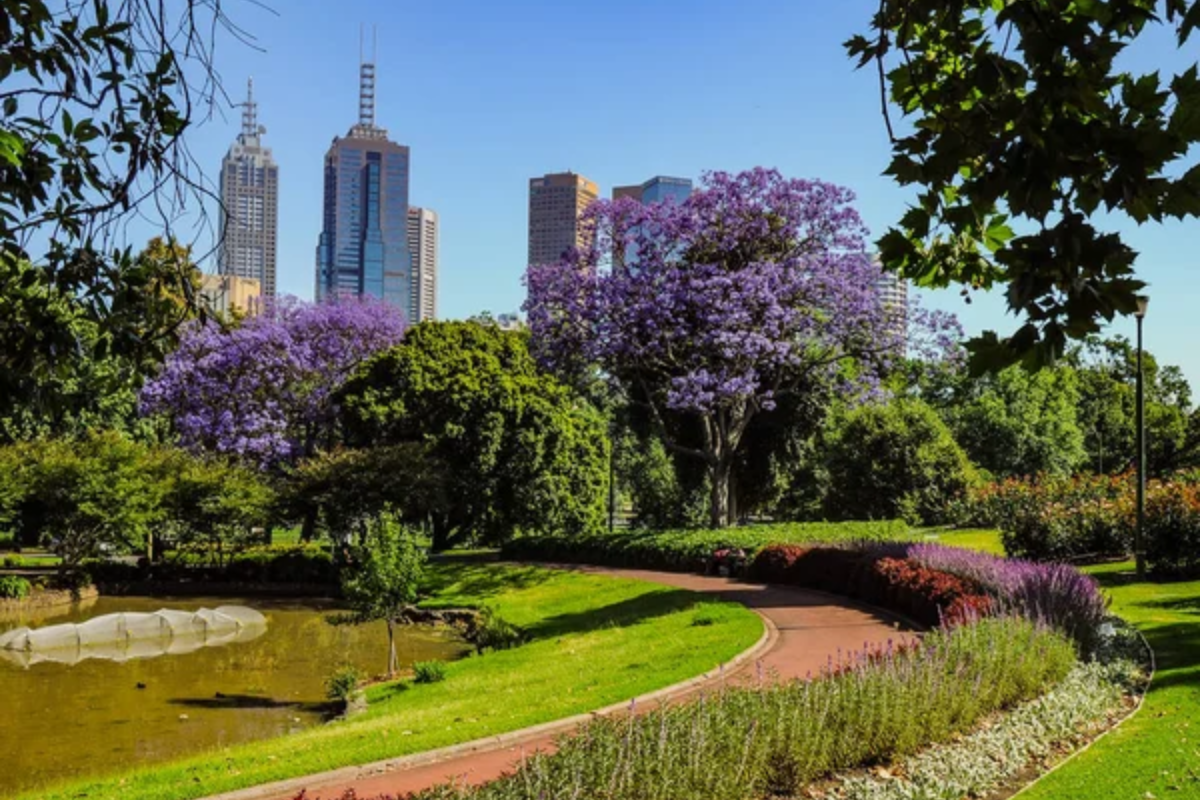
Australia’s premier botanical garden showcases Southern Hemisphere plant diversity while creating landscape experiences that highlight native Australian species alongside international collections. The garden’s location on the Yarra River offers a scenic setting, while its diverse climate zones support a remarkable variety of plants within a single location.
Heritage trees include specimens that are over 150 years old, while contemporary additions, such as the Ian Potter Foundation Children’s Garden, provide interactive educational experiences.
Denver Botanic Gardens
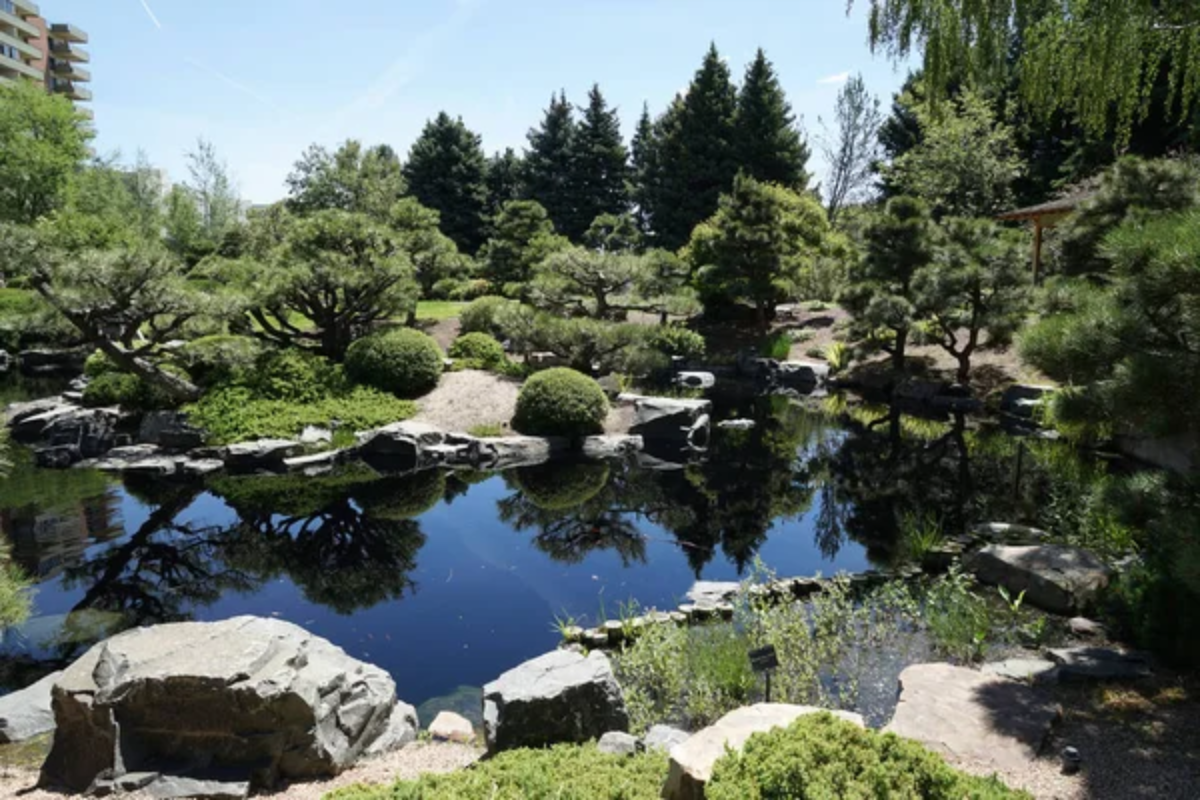
This high-altitude garden demonstrates how challenging climates can support remarkable plant diversity through innovative design and specialized collections adapted to mountain conditions. The alpine collection showcases plants from mountain ranges worldwide, while xeric gardens display drought-tolerant species that thrive in Colorado’s dry climate.
The Tropical Botanic Conservatory offers a contrast with lush rainforest environments, while seasonal displays capitalize on the region’s dramatic seasonal changes.
Like Travel Pug’s content? Follow us on MSN.
Jardín Botánico de Bogotá
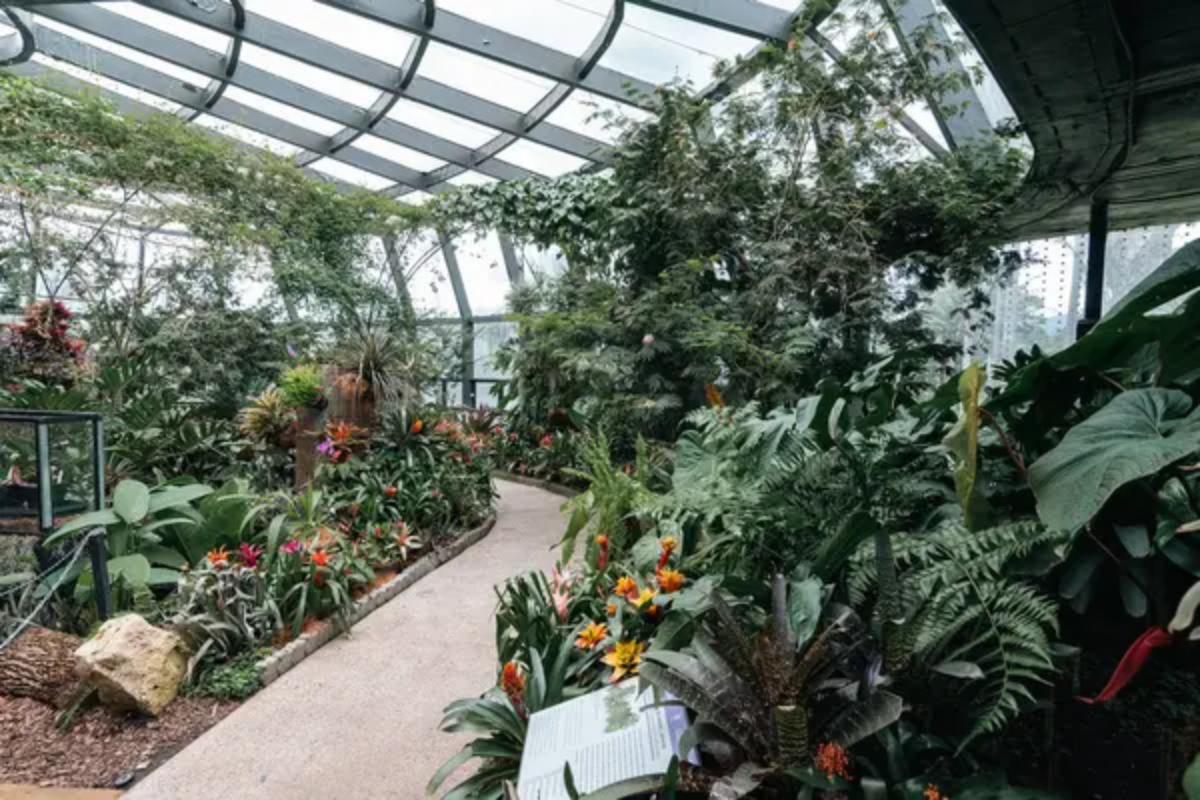
Colombia’s national botanical garden showcases the incredible plant diversity of the Andes and Amazon regions while highlighting conservation efforts for threatened tropical species. The garden’s high-altitude location enables unique plant combinations, while greenhouse collections safeguard lowland rainforest species.
Native orchid collections showcase Colombia’s remarkable diversity within this plant family, while educational programs highlight the country’s pivotal role as one of the world’s biodiversity hotspots.
Botanical Garden of the University of Oxford
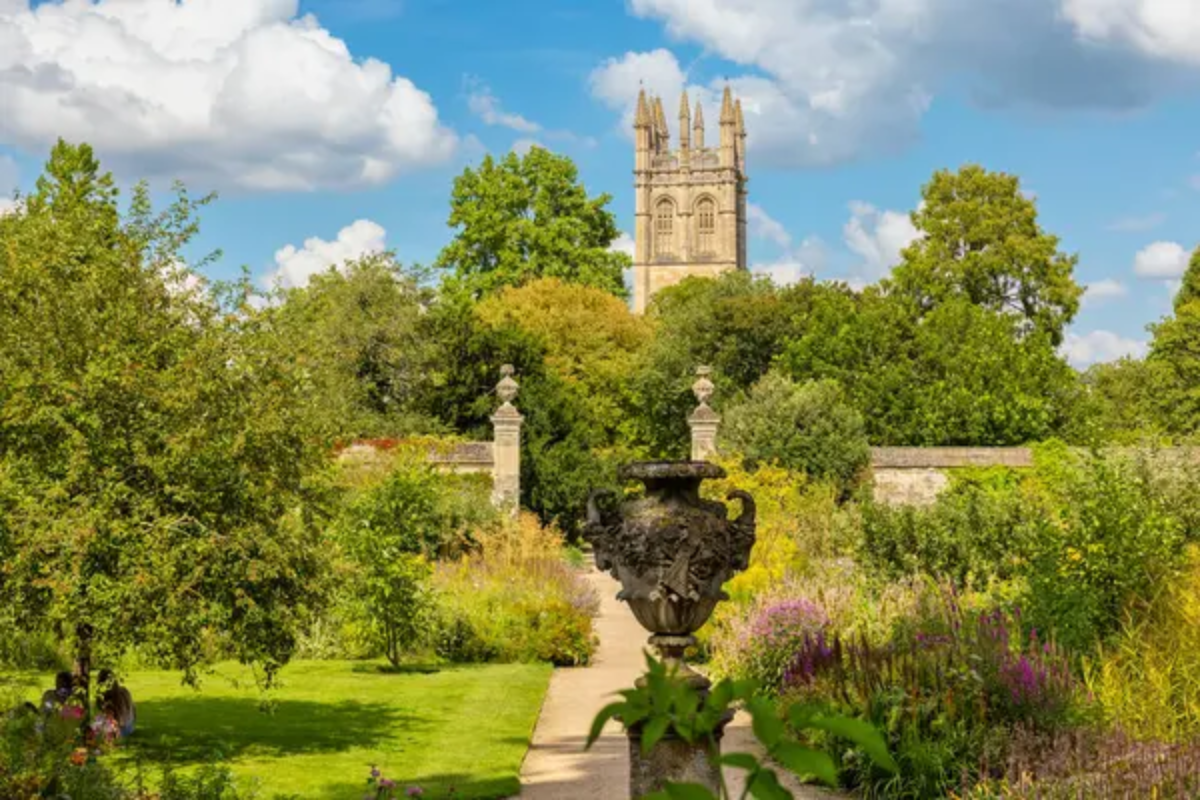
Britain’s oldest botanical garden continues its 400-year mission of plant research and education while maintaining historic character through heritage buildings and traditional garden design. The walled garden creates microclimates that protect tender species, while glasshouses provide tropical environments for exotic collections.
Ancient trees and heritage plantings connect visitors to centuries of botanical study, while contemporary research continues the garden’s scientific traditions.
National Tropical Botanical Garden, Hawaii
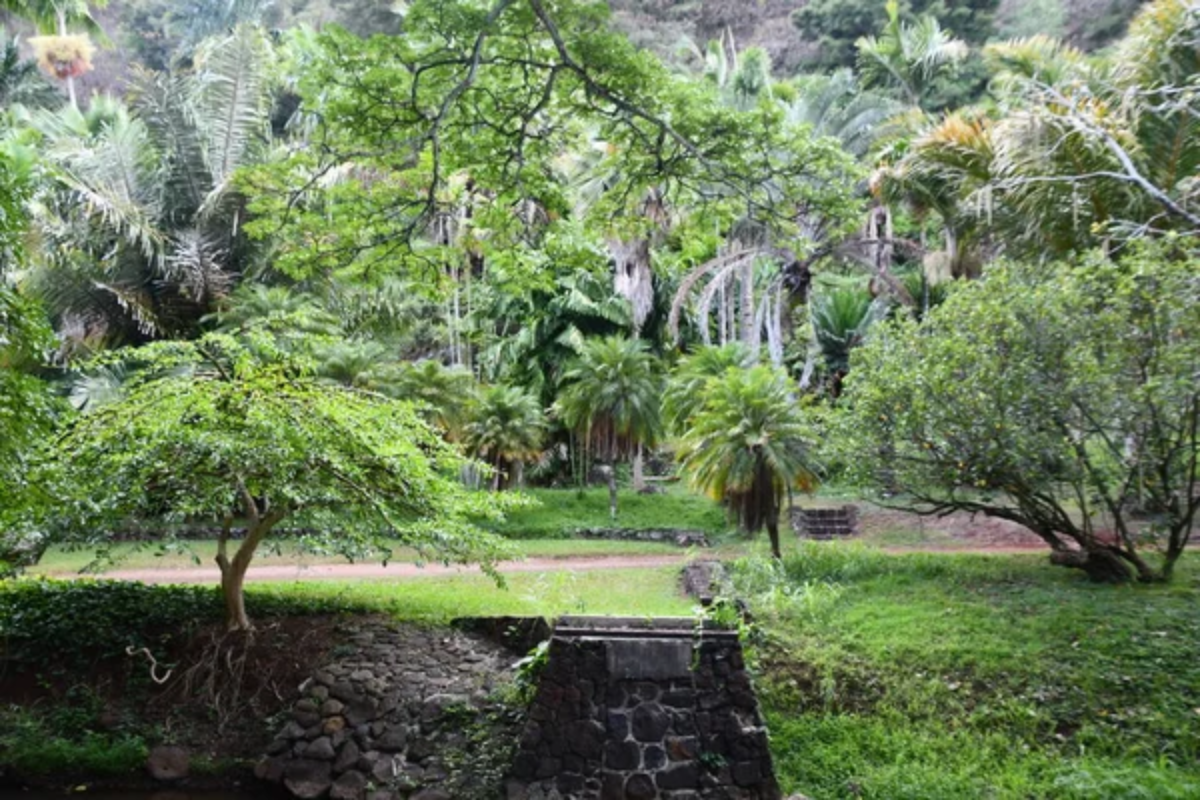
This network of gardens across the Hawaiian islands showcases Pacific plant diversity while protecting endangered native Hawaiian species through conservation and research programs. The McBryde Garden features native Hawaiian plants in natural settings, while Allerton Garden combines horticultural excellence with artistic landscape design.
The gardens’ work with rare and endangered species makes them centers for conservation biology, while their tropical locations provide year-round growing conditions.
Like Travel Pug’s content? Follow us on MSN.
Jardin Majorelle, Marrakech
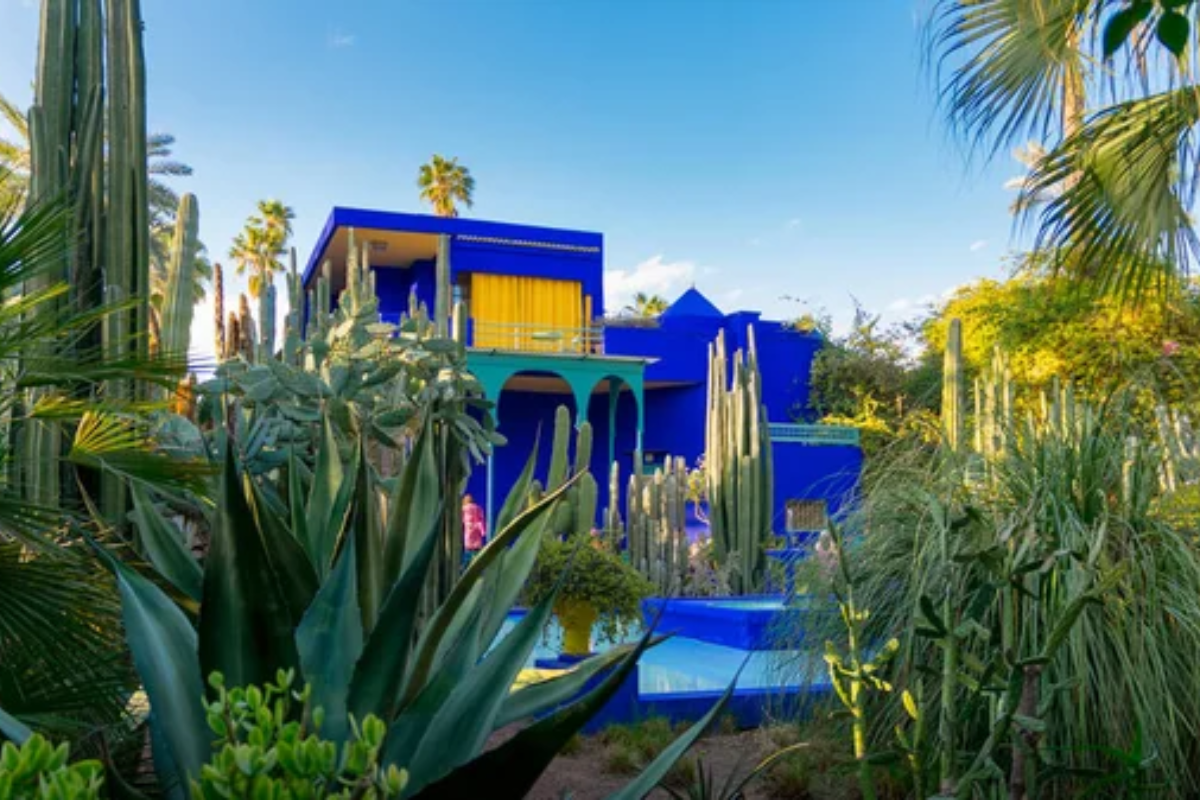
This intimate garden seamlessly combines Moroccan architecture with international plant collections, creating an exotic oasis that showcases how garden design can enhance plant displays through the use of color and contrast. The distinctive blue buildings provide dramatic backdrops for cacti, bamboo, and other tropical species, while water features create a cooling effect in the desert climate.
The garden’s artistic heritage through Yves Saint Laurent and Jacques Majorelle adds cultural significance to the horticultural displays.
Adelaide Botanic Garden
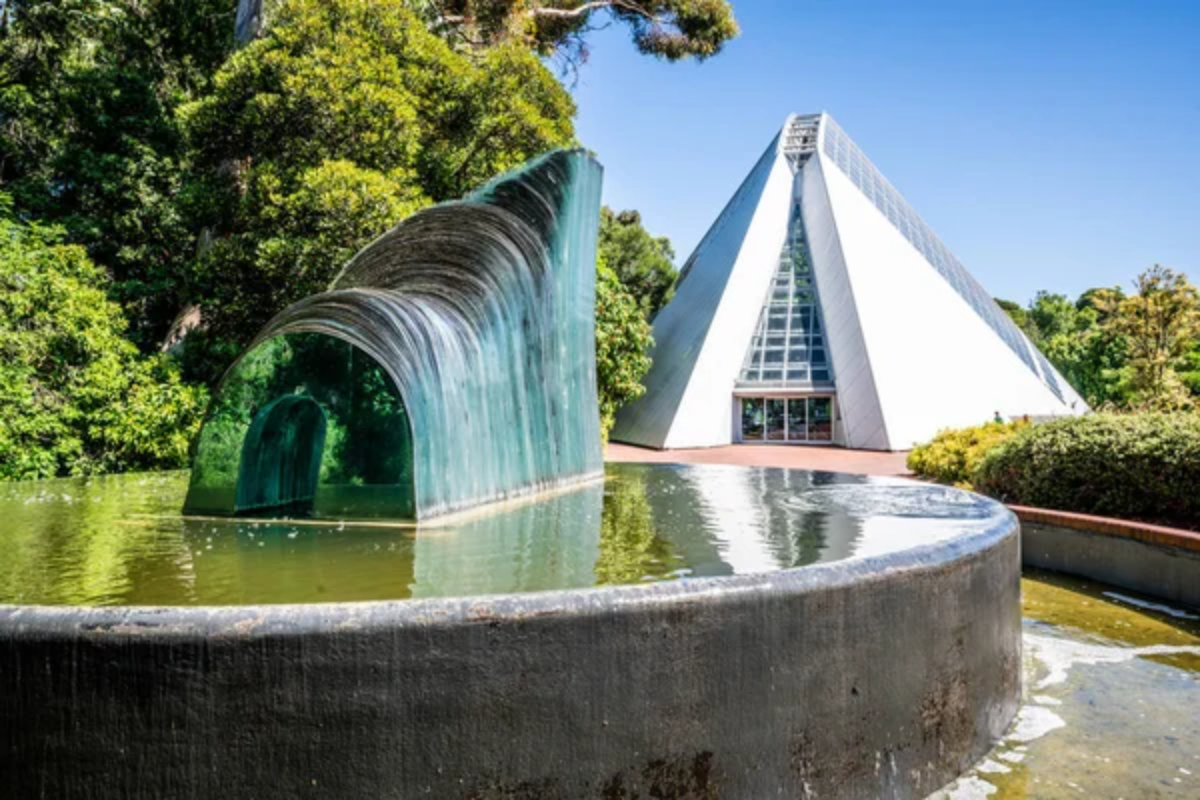
South Australia’s premier garden showcases Mediterranean climate plants alongside specialized collections that capitalize on the region’s diverse growing conditions. The Bicentennial Conservatory houses tropical rainforest collections, while outdoor areas feature Australian native plants and international species adapted to similar climates.
The garden’s commitment to sustainability and water conservation exemplifies how botanical gardens can serve as models of environmental responsibility.
Jardin des Plantes, Paris
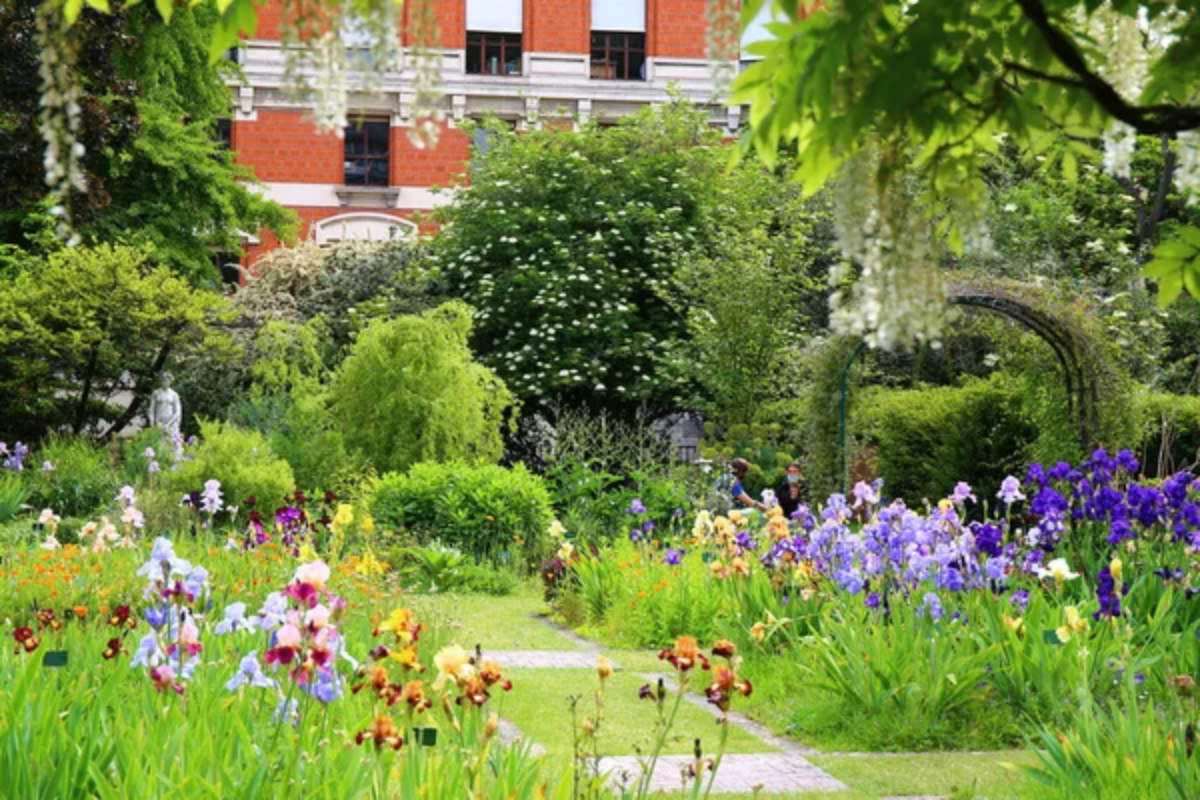
France’s national botanical garden combines 400 years of scientific tradition with contemporary innovation, creating spaces that educate and inspire through stunning plant displays. The alpine garden showcases mountain plants from around the world, while the tropical greenhouses protect exotic species during Parisian winters.
The Natural History Museum integration provides scientific context for plant collections, while historic buildings add architectural interest to garden visits.
Like Travel Pug’s content? Follow us on MSN.
UBC Botanical Garden, Vancouver
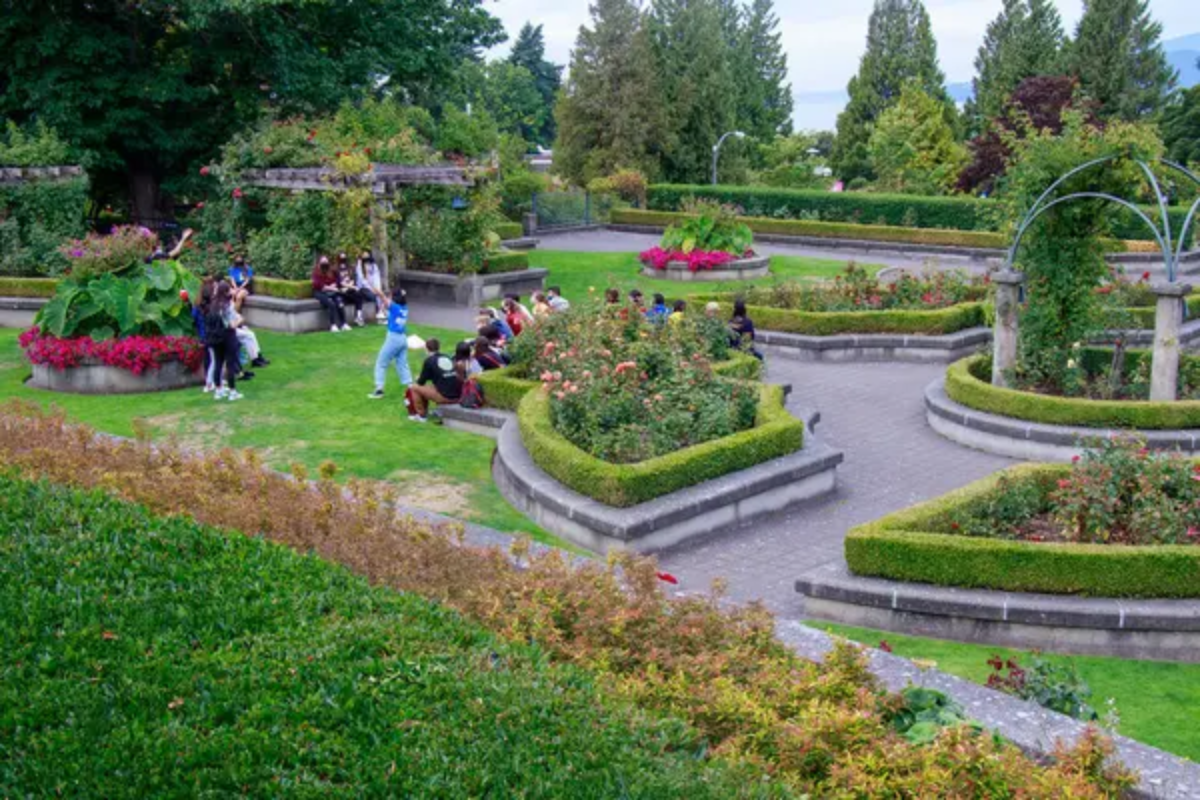
This university garden showcases plants adapted to Pacific Northwest conditions while demonstrating how academic institutions can create world-class horticultural displays. The Asian Garden showcases plants from similar climates worldwide, while the Food Garden highlights the diversity of edible plants.
The Nitobe Memorial Garden offers authentic Japanese landscape experiences, while its research programs make the garden a hub for plant science and conservation.
Chicago Botanic Garden
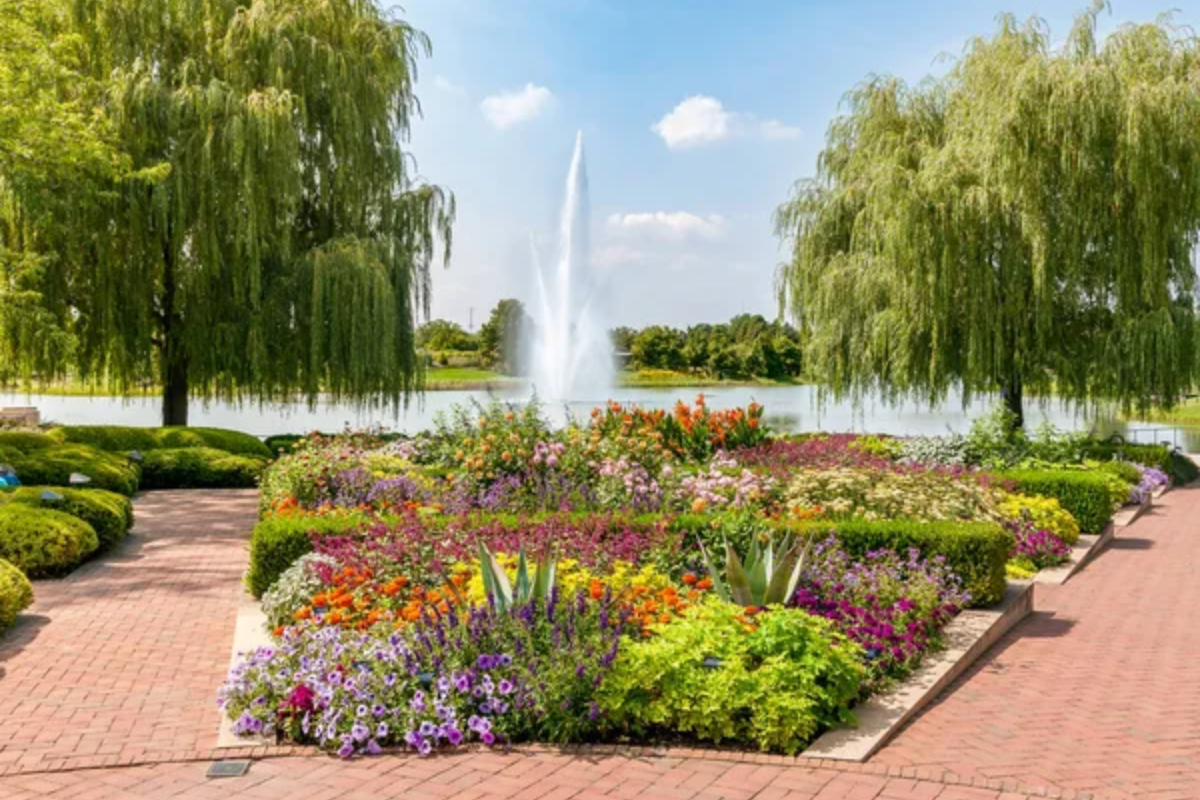
This 385-acre garden showcases how challenging Midwest climates can support remarkable plant diversity through innovative design and specialized collections that capitalize on seasonal changes. The English Walled Garden provides formal European garden experiences, while prairie and woodland areas showcase native Illinois ecosystems.
The Japanese Garden creates authentic cultural landscapes, while its seasonal displays ensure year-round interest, even in harsh winters.
Kirstenbosch, South Africa
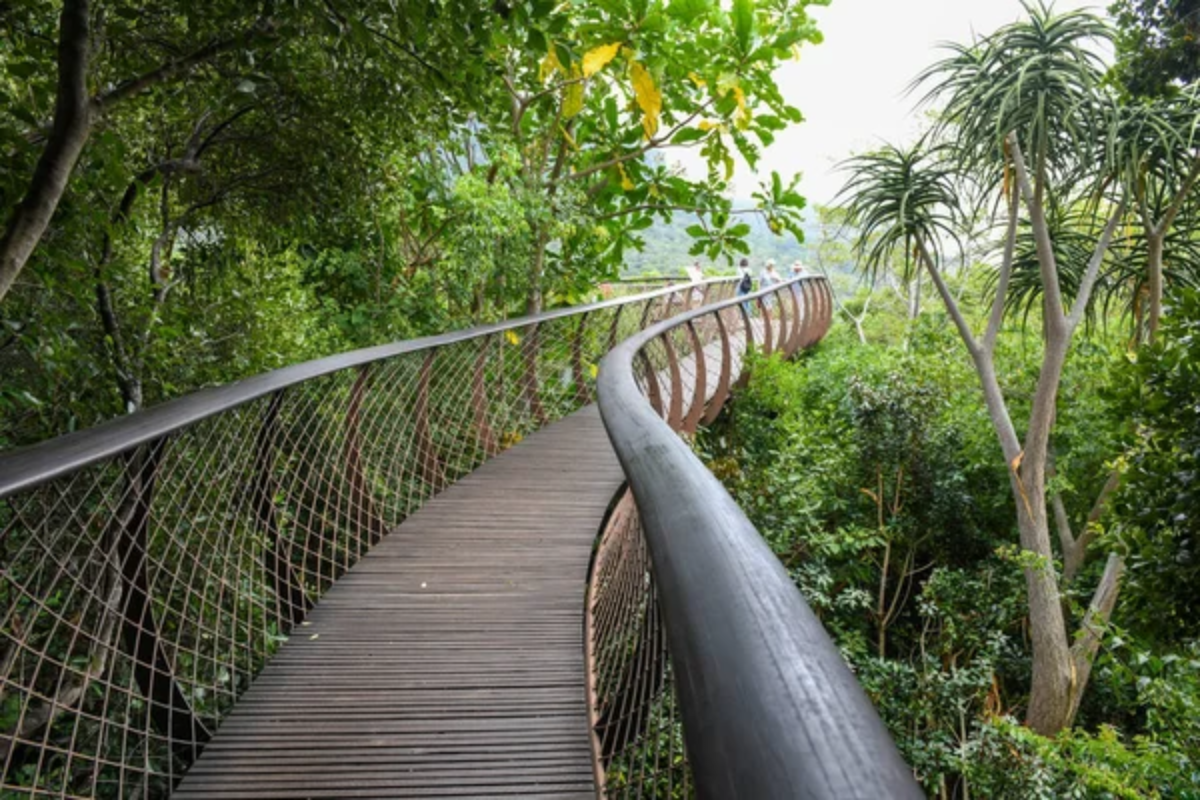
This garden showcases the incredible diversity of South African fynbos vegetation while providing spectacular mountain settings that enhance the natural beauty of indigenous plants. The garden’s location on the slopes of Table Mountain creates dramatic backdrops, while its focus on native species demonstrates how botanical gardens can celebrate regional plant heritage.
The Tree Canopy Walkway offers elevated views of both gardens and Cape Town, while conservation programs safeguard endangered South African species.
Like Travel Pug’s content? Follow us on MSN.
Fairchild Tropical Botanic Garden, Florida
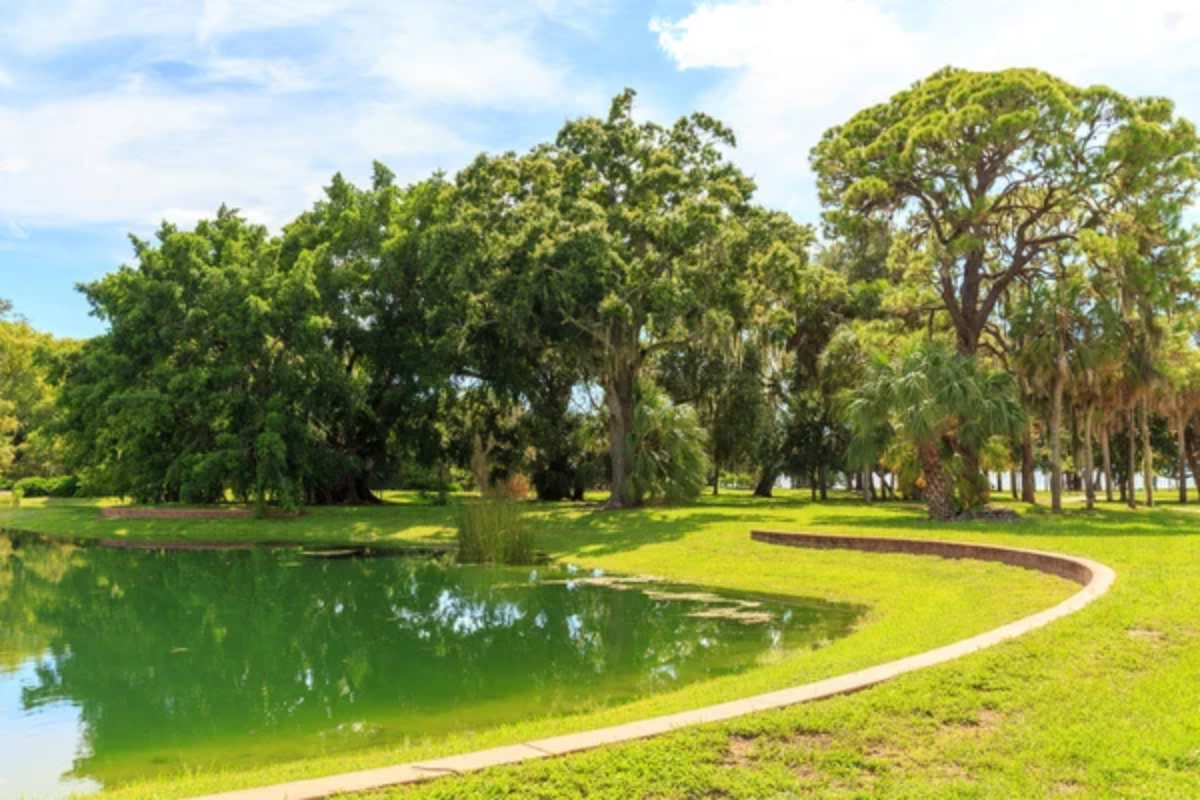
This subtropical garden showcases plants from tropical regions worldwide, while demonstrating how botanical gardens can contribute to conservation through research and breeding programs. The tropical fruit collections offer both educational and practical value, while the rare palm and cycad collections help preserve endangered species.
Hurricane research programs make the garden a center for understanding plant resilience, while the tropical climate ensures year-round blooming and growth.
Royal Tasmanian Botanical Gardens
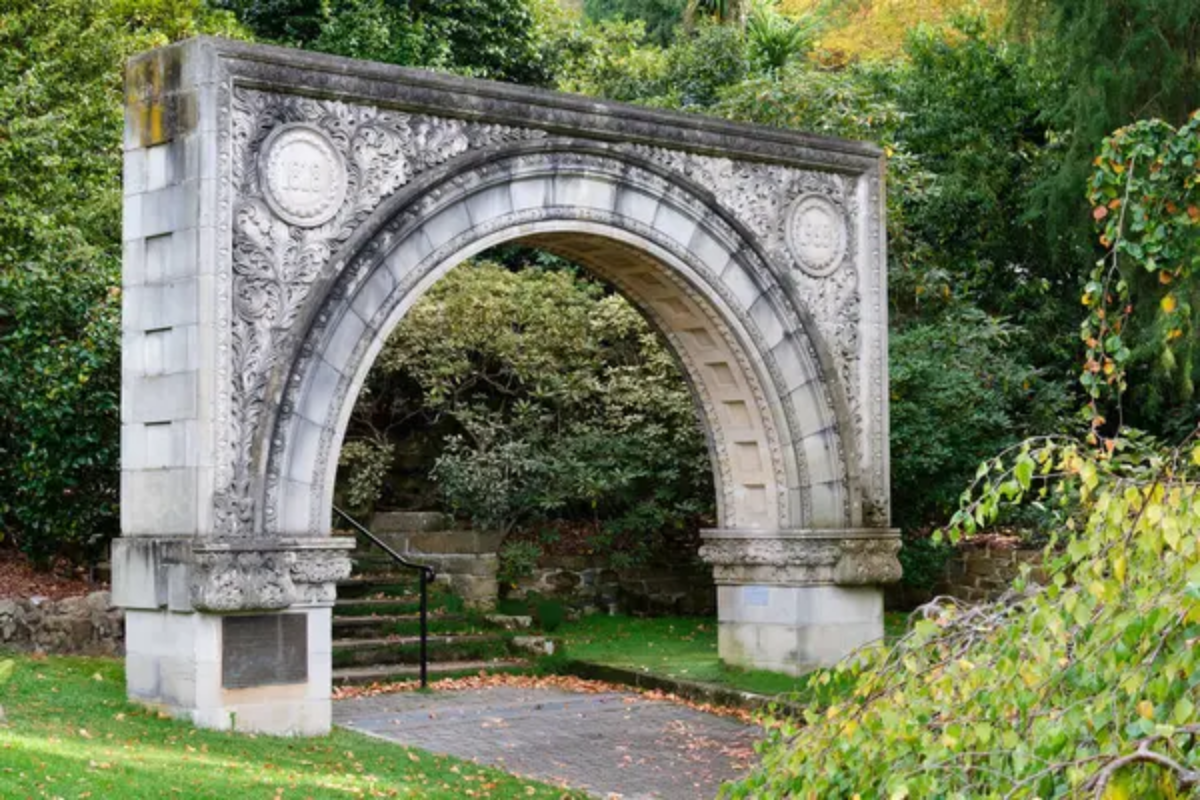
Australia’s second-oldest botanical garden showcases cool-climate plants from around the world while highlighting Tasmania’s unique flora within scenic waterfront settings. The cool temperate climate allows for plants that struggle in warmer Australian locations, while heritage trees include specimens planted in the 19th century.
The garden’s location in Hobart offers harbor views, while specialized collections, such as the SubAntarctic Plant House, display vegetation from some of the world’s most remote islands.
Lyon Arboretum, Hawaii
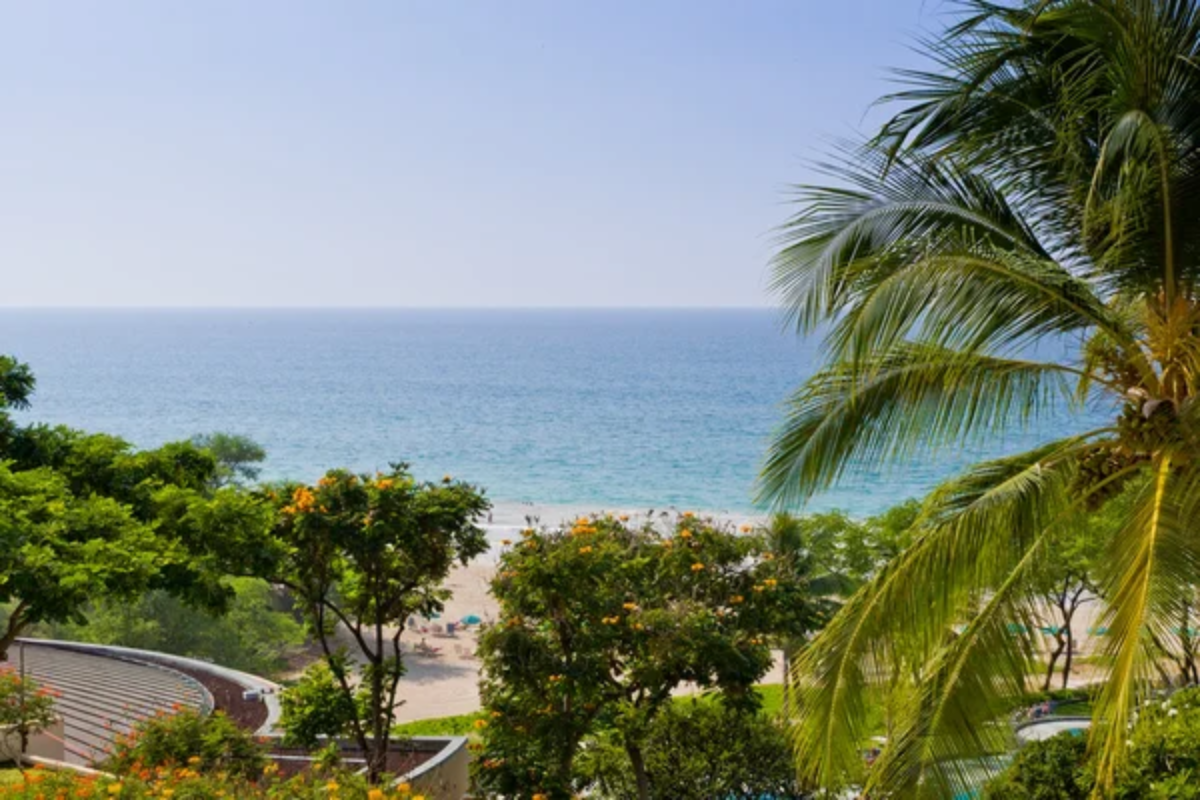
This research garden on Oahu’s slopes showcases tropical mountain vegetation, demonstrating how botanical gardens can contribute to the scientific understanding of plant ecology and conservation. The garden’s elevation provides cooler temperatures that support different plant communities than lowland areas, while stream valleys create diverse microclimates within a compact area.
Research programs focus on Hawaiian native plants and tropical ecology, while hiking trails provide access to natural forest areas that complement cultivated collections.
Like Travel Pug’s content? Follow us on MSN.
Living Libraries of Plant Diversity
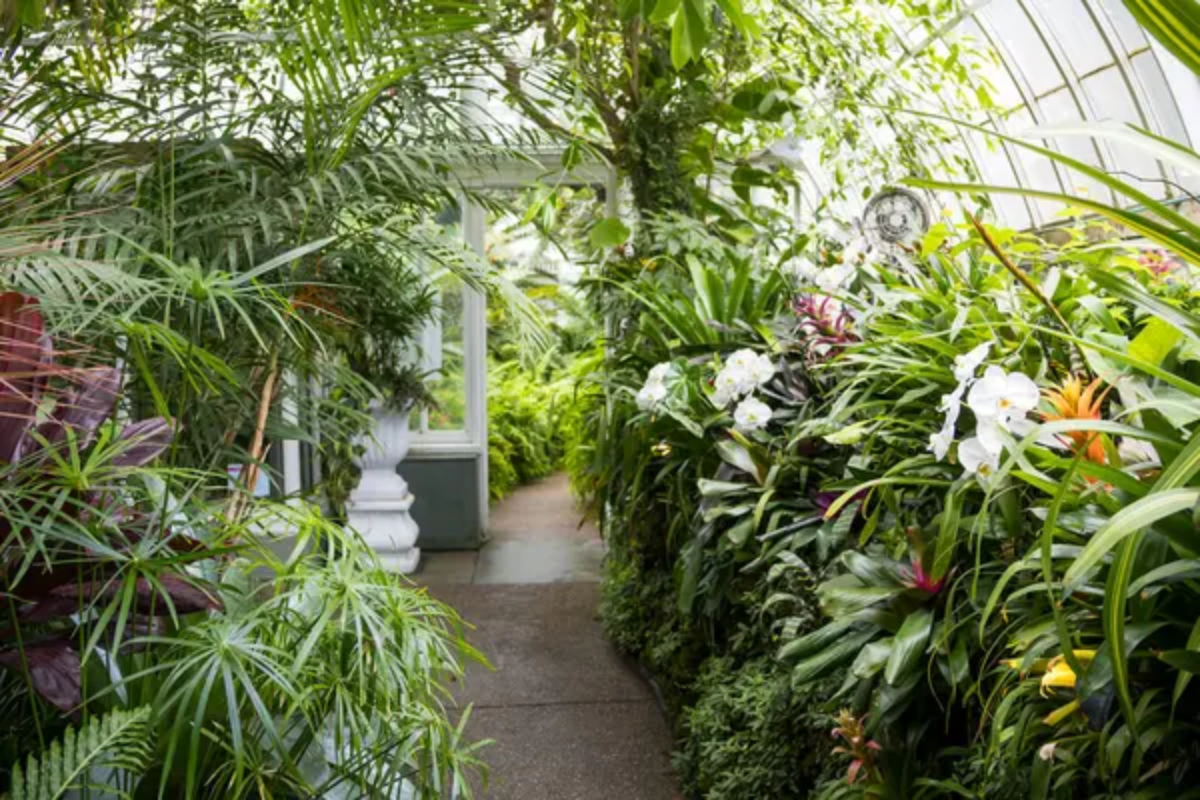
These extraordinary botanical gardens prove that scientific collections and artistic beauty can coexist harmoniously, creating spaces that educate, inspire, and conserve while providing peaceful retreats from modern life’s complexities. Each garden reflects its local climate, cultural heritage, and scientific mission while contributing to global plant conservation through seed banking, research programs, and educational initiatives that connect visitors to the natural world.
The finest botanical gardens serve as living laboratories where scientists study plant biology, ecology, and conservation while creating public spaces that foster appreciation for plant diversity and environmental stewardship. As climate change and habitat destruction threaten plant species worldwide, these gardens become increasingly important as repositories of genetic diversity and centers for conservation research, proving that beautiful spaces can serve serious scientific and environmental purposes while inspiring visitors to value and protect the remarkable diversity of plant life that sustains all terrestrial ecosystems.
More from Travel Pug

- 20 Best Beach Towns in the Carolinas
- 13 Destinations Where Tourists Regularly Regret Their Trip
- 20 Destinations That Are More Magical Without an Itinerary
- 20 Underrated Adventures That Belong on Your Travel List
- 20 Cities Where You Should Just Wing It, No Planning Required
Like Travel Pug’s content? Follow us on MSN.
